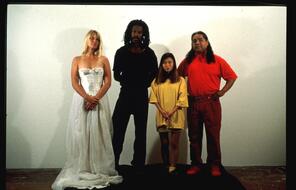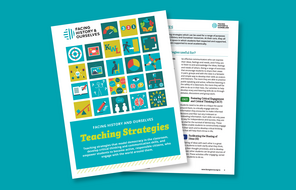Preparing to Discuss Race in the Classroom
Overview
About This Lesson
This is the first lesson in a mini-unit designed to help teachers have conversations with their students about race in a brave, sensitive and constructive way. Use these lessons to help your students reflect on race and racism – their history and present day impact – and help them consider what needs to be done to create a society in which everyone, regardless of their perceived race, is able to thrive.
Students and educators bring personal experiences and feelings into discussions about race, particularly those who have been discriminated against on account of their skin colour. This lesson begins with a teacher-facing activity prompting the educator to reflect on their identity and feelings around race, so that they are aware of the perspective that they bring to the classroom and are mindful of creating space for the perspectives the students bring. The student-facing activities give students an opportunity to reflect on the emotions that they and their classmates feel when discussing race, and invite students to create a class contract to help ensure the classroom is a safe and supportive space.
Preparing to Teach
A Note to Teachers
Before you teach this lesson, please review the following guidance to tailor this lesson to your students’ contexts.
Activities
Activities
Materials and Downloads
Resources from Other Organizations
Preparing to Discuss Race in the Classroom
Unlimited Access to Learning. More Added Every Month.
Facing History & Ourselves is designed for educators who want to help students explore identity, think critically, grow emotionally, act ethically, and participate in civic life. It’s hard work, so we’ve developed some go-to professional learning opportunities to help you along the way.
Exploring ELA Text Selection with Julia Torres
On-Demand

Working for Justice, Equity and Civic Agency in Our Schools: A Conversation with Clint Smith
On-Demand

Centering Student Voices to Build Community and Agency
On-Demand

















